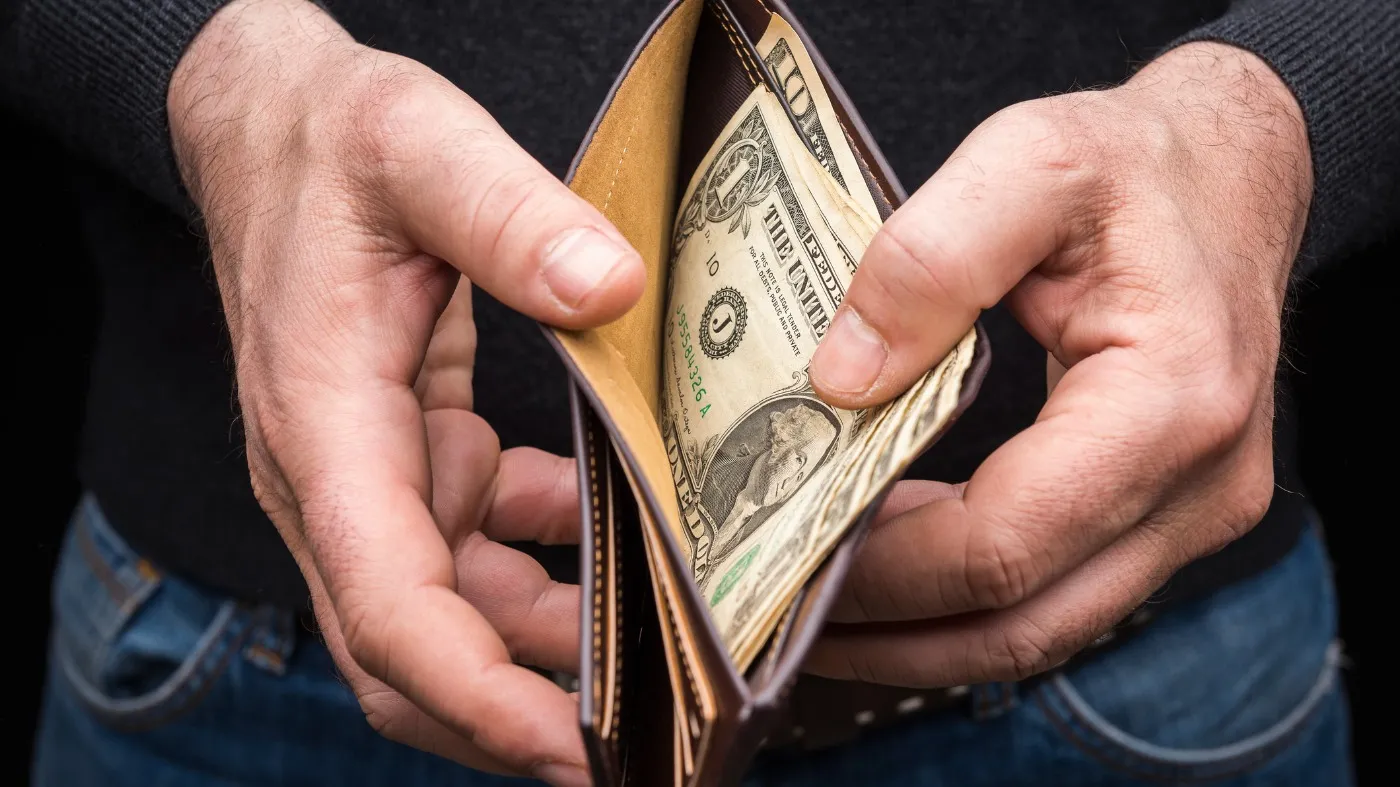Despite having a strong economy and inflation that is near the Fed target of 2.0, many people are stating – at least claiming – that they are living paycheck to paycheck. Which is defined as households spending 95% or more of their income on ‘necessities.’ According to a 2024 Bank of America survey, nearly half of American’s report they are living paycheck to paycheck. The problem is that the term “paycheck to paycheck’ is somewhat hazy, and often left to the survey respondent to decide what constitutes a necessary expense.
Necessities commonly refer to essential items or services that are required for a person’s basic needs and well-being. Things like food, clothing, shelter, medical care, and education are considered necessities. But that is a textbook definition. What is considered a necessity can vary depending on individual circumstances and cultural context. Many people would consider their cell phones to be necessities. Here too definitions matter, as do our own perceptions of our financial state.
Most of us need look no further that our own circle of friends, family or co-workers to find at least one person you know who lives at the edge or beyond their means. Buying new cars, spending lots of money on clothes. Always having the latest iPhone, paying for online games, and who have too many subscriptions. The average U.S. household subscribes to four streaming platforms. They buy things they don’t need like guns, jewelry, boats, and ATV’s. Perhaps they have a house that is outside their means. And what necessities are in all those Amazon packages that show up on their porch EVERY day?
Nearly every time I go to the grocery store I see items that have been placed back on the shelf at the check-out lane. These are usually what I would classify as necessary. Things like bread, milk, meat, cereal, vegetables, even diapers. We’ve all watched as people get their purchase rung up and ask the clerk to take some things off because they don’t have enough money to buy everything. What I’ve never seen anyone put back are things like junk food, alcohol, cigarettes, or energy drinks. Yet I’m certain that if asked that those same people would report as feeling that they are living paycheck to paycheck.
In a recent BankRate survey, respondents stated that they felt that they needed $186,000 to live comfortably. This is more than double the average salary of $79,000 of the average American worker. There are even people making over $100,000 who say they are still living paycheck-to-paycheck! So how much of the average American’s financial concern is real, and how much is perception? We want more so we convince ourselves we need more.
Despite a financial statement that many my age would be envious of, if you were to survey me I would report that I too was living paycheck to paycheck. As not having enough money left over every month after I pay for necessities. That is because I calculated a goal of putting 30% of my income toward savings as being a necessity. Since I’m only able to put 20% to savings I feel as though I don’t have enough income.
As an early retiree I am too young to collect social security or draw from my retirement accounts. So I live off the income from my investment portfolio. My wife and I live in an RV and travel cross country. We have no vehicle payments, no mortgage or property taxes, and no loans. We live frugally. Even our monthly grocery spend of $445 is well below the $1,170 national average. Although our travel expenses do add up.
We could save money by traveling fewer months out of the year. Or traveling to fewer places to save on fuel. We could stop traveling all together and I could go back to working in an office. But life is the choices we make, and this lifestyle is our choice.
In no way do I want to discount that there are people who are truly hurting. Seniors and families who are one emergency expense away from being homeless. But there are many people who put themselves in financial jeopardy simply by the choices they make.
Just three weeks ago American’s traded democracy for discounts because they were concerned about the price of eggs. Yet some 80 million of these people have enough money to travel for Thanksgiving this year. And go to Black Friday sales to physically wrestle and fight in stores over boxes of electronics and other non-essential products.
These consumers will defend their spending excesses as necessary. Not for survival but for their purported well-being. Most will never be able to see that for many of them, living paycheck-to-paycheck is their choice.
